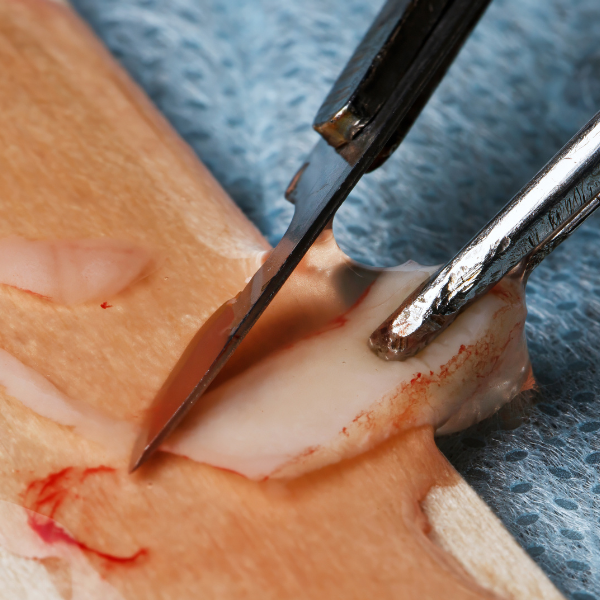SKIN GRAFTING

Skin grafting is a specialized surgical procedure used to replace damaged or missing skin with healthy skin taken from another area of the body. It helps restore both function and appearance after skin loss due to burns, injuries, infections, surgery, or certain skin conditions. In skin grafting, a thin layer of healthy skin (called a graft) is carefully removed from a donor site (such as the thigh or buttock) and transplanted onto the affected area. Once applied, the graft fuses with the surrounding skin and begins to heal, covering the wound and promoting recovery.
When is Skin Grafting Needed?
Severe burns
Non-healing wounds or ulcers
Traumatic injuries
After removal of skin cancers or large lesions
Surgical reconstruction needs
Types of Skin Grafting
Split-Thickness Skin Graft (STSG): Involves taking a thin layer of skin; commonly used for burns and large wounds.
Full-Thickness Skin Graft (FTSG): Uses the entire thickness of the skin; ideal for smaller areas where better cosmetic results are needed (face, hands).
Composite Graft: Includes skin plus underlying tissue (cartilage/fat) for reconstructive purposes.
Recovery & Healing
Initial healing occurs within 1–2 weeks at both donor and graft sites
Proper wound care and dressings are essential
Swelling and redness gradually improve
Long-term results depend on the size and location of the graft
